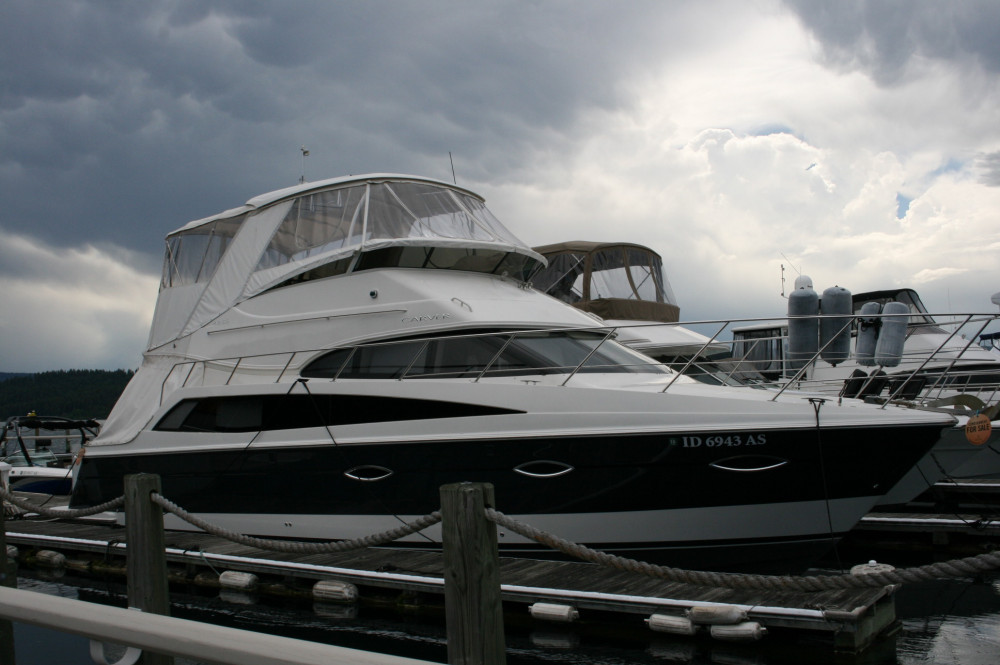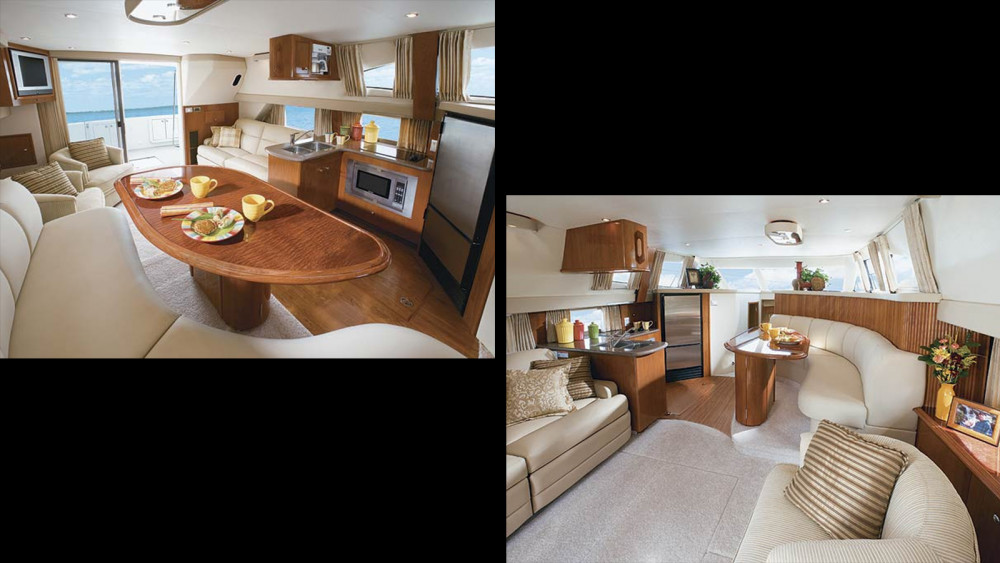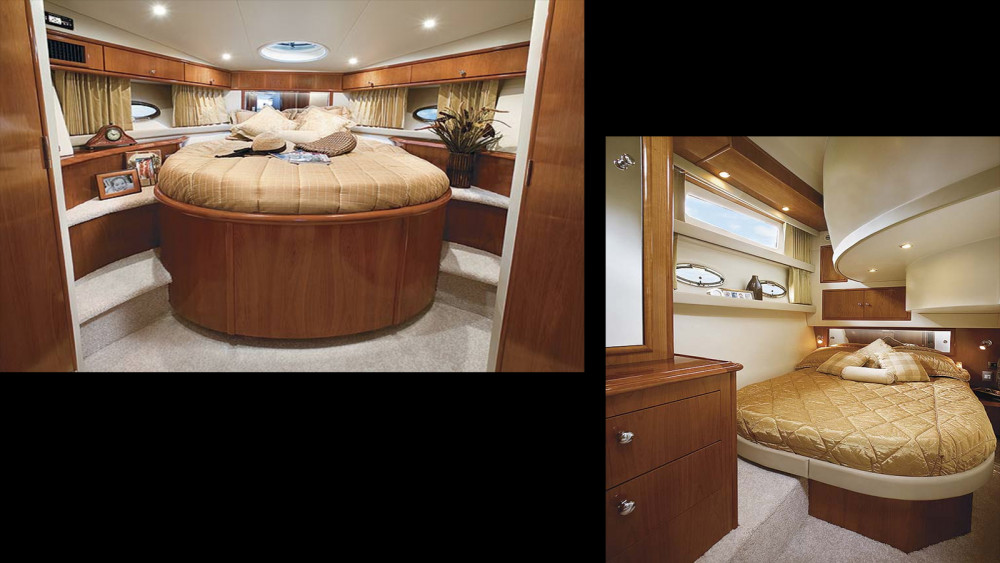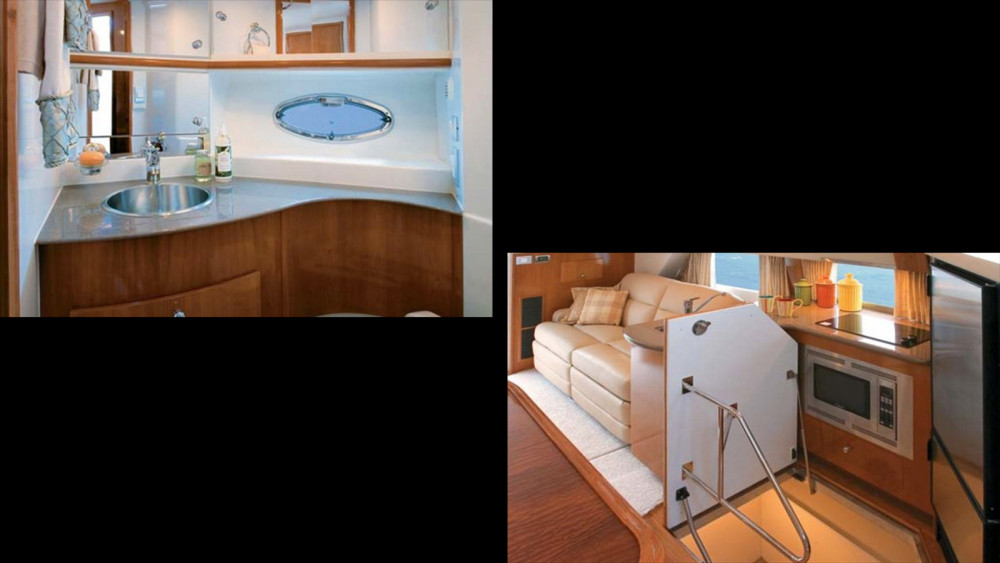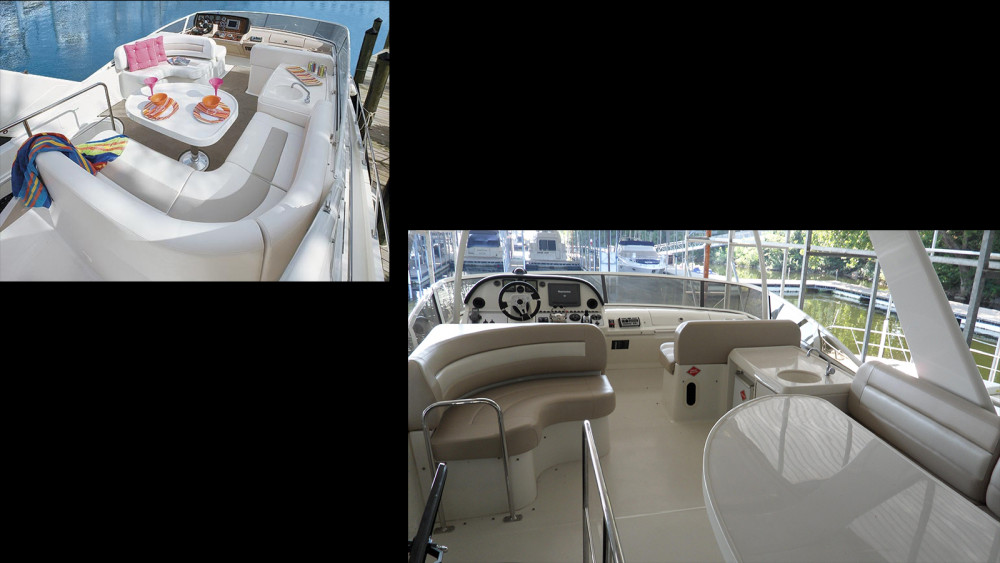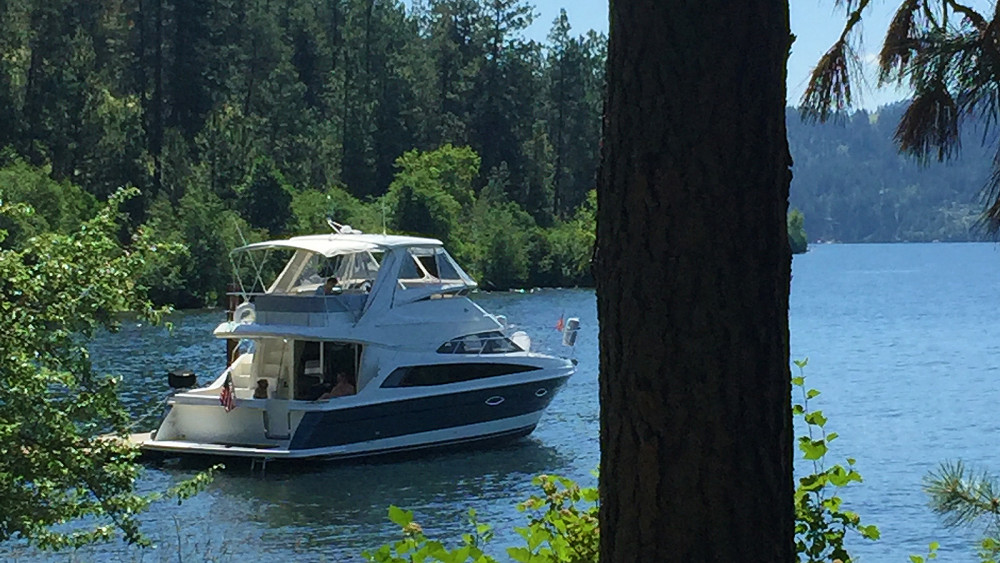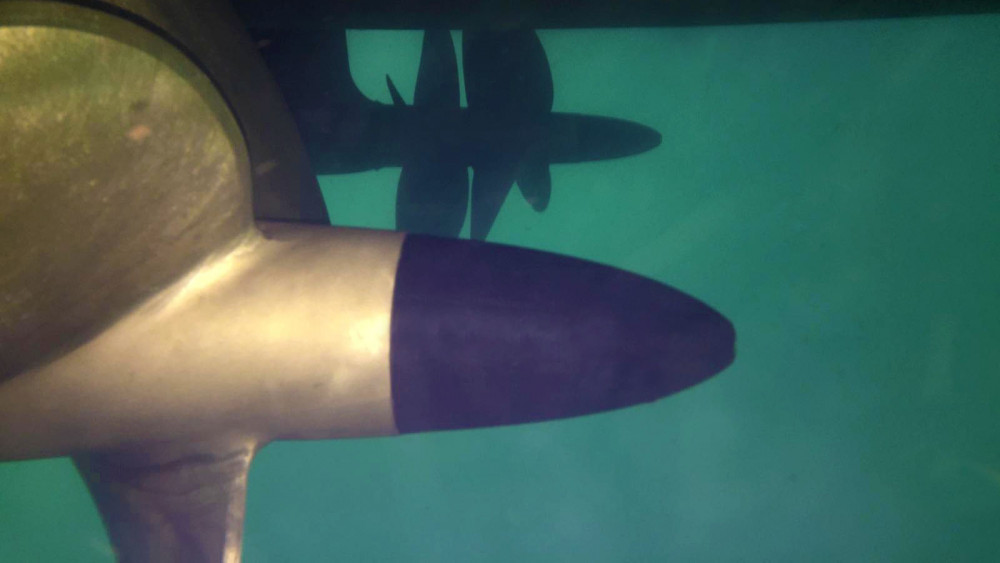Dwelling in architecture, we live between earth and sky. Architecture is about a specific situation, bound to a fixed location. It defines a particular place, shaped and sometimes defined by where it stands. Place, in this context, is both physical and cultural.
Most of the globe is covered by water, of course, and for many reasons throughout history, we have ventured forth to travel between water and sky. Here, there is no foundation, no fixed 'place'. Vessels designed and constructed to serve our many needs on water - in potentially inhospitable or dangerous conditions - face distinct logistical challenges. There is a wide abundance of lessons for architects to be found in nautical design that, rather than being designed for a static environment, must be capable of performing in conditions that are, by their very nature, highly variable and unpredictable, as well as from the kind of thoughtful resourcefulness that is nurtured when designing within myriads of physical and logistical constraints.
Having lived on the water by choice at various times in my life has influenced my thinking about architecture in many ways, beginning with the appreciation that quantity of space is less important than quality of space and extending to the elegantly qualitative notion that life on water is highly intentional. More thought is given to everything (and everyone) that comes onto, and leaves, a boat. Choices are clarified.
Life on water is intimately, immersively connected to the natural world. Life on water can be both tactically demanding and therapeutically minimal.
